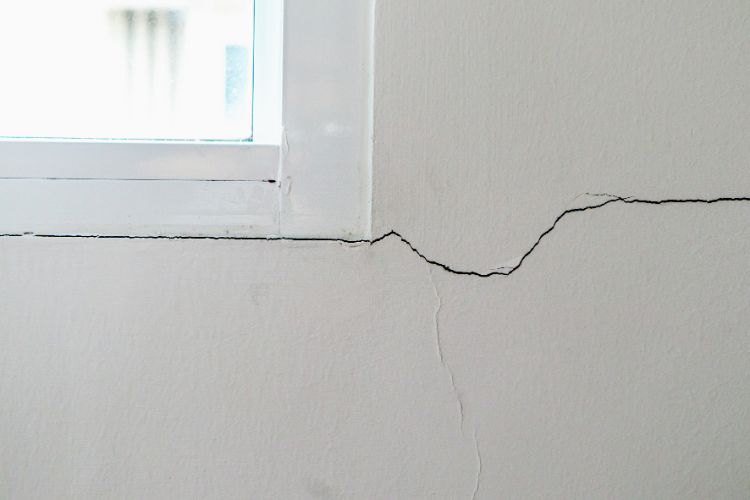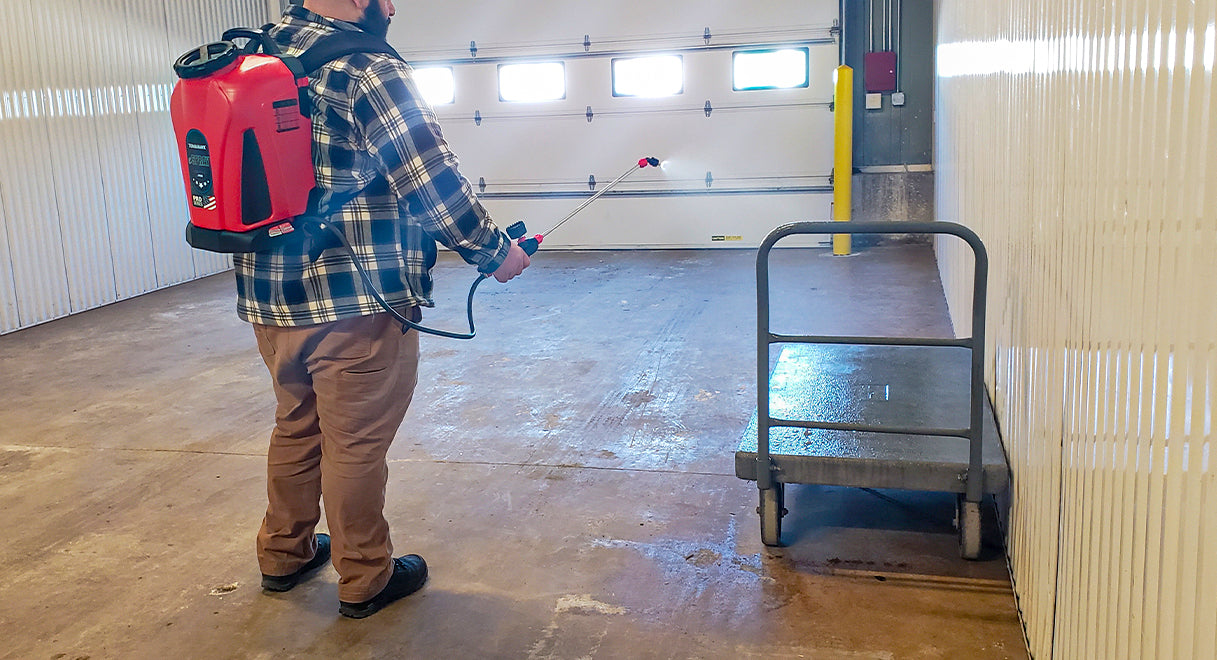When spotting an unwanted guest in your home or yard, it can be a stressful situation. Many pests can comfortably make their way from the outdoors into your house.
Tactics to control pests indoors are different than tactics outdoors. It's important to differentiate the plan you decide to use, as pesticides can be harmful in specific environments.
Learn how to tackle pests indoors vs outdoors:
Declutter
Pests will gravitate towards areas that are dark to easily hide.
Indoor:
Declutter your home to eliminate areas in which pests can hide. Target areas such as your kitchen, attics, basements, and garages. Piles of boxes, old clothing, books, and left over food create perfect environments for pests.
Outdoor:
Mosquitoes and ticks are attracted to moist, dark plants and will hide within the underside of leaves. Maintain your garden and lawn with regular trimming to avoid pests migrating to extra foliage. Be mindful of plants that are close to the foundation of your home. Create a perimeter between foliage and your home.
Trash And Litter
Indoor:
Just like regular trash, pests can be attracted to your recyclables. Give them a good rinse before disposing. Empty trash cans, vacuum, and sweep up your home frequently. This will eliminate pests looking for food.
Outdoor:
Make sure that all of your trash cans have tight-fitting lids, and clean the cans and area where they sit regularly to remove debris and spills on which pests can feed. Try to keep trash bins far away from your home.
Spraying Strategy
Indoor:
Be sure to choose a pesticide that is safe to spray indoors. Cover all food processing surfaces and utensils or thoroughly wash before use. Exposed food should be covered or removed. After spraying inside, try to stay out of your home for a few hours to let the pesticide settle and dry.
Outdoor:
Use a Tomahawk Backpack Sprayer and target the perimeter of your yard. Identify where pests can culminate. Completely cover the trees, grass, shrubs, and other foliage around your backyard. Keep a consistent spraying schedule to stay on track.
Check For Cracks And Gaps

Photo by: Edens Structural Solutions
Indoor:
Seal any gaps you find, especially those of a quarter-inch or greater to prevent pests from coming inside. Target high traffic areas, the kitchen, and bathrooms.
Outdoor:
Check for foundation cracks, loose siding, missing roof shingles, and gaps around utility lines, including pipes, electric wiring, and cable wiring. Look for cracks within rain gutters and irrigation systems as well.
Storage
Indoor:
Store pantry foods in reusable containers or resealable bags if the original packaging can't be fully sealed to minimize the attraction of pests. Store closet items properly and keep it organized.
Outdoor:
The yard can be an easy place to build up clutter. The garage or the shed is a great place to start. Avoid storing wood near your home, as this is a perfect hiding spot for pests. Once you declutter, store and seal everything properly.














